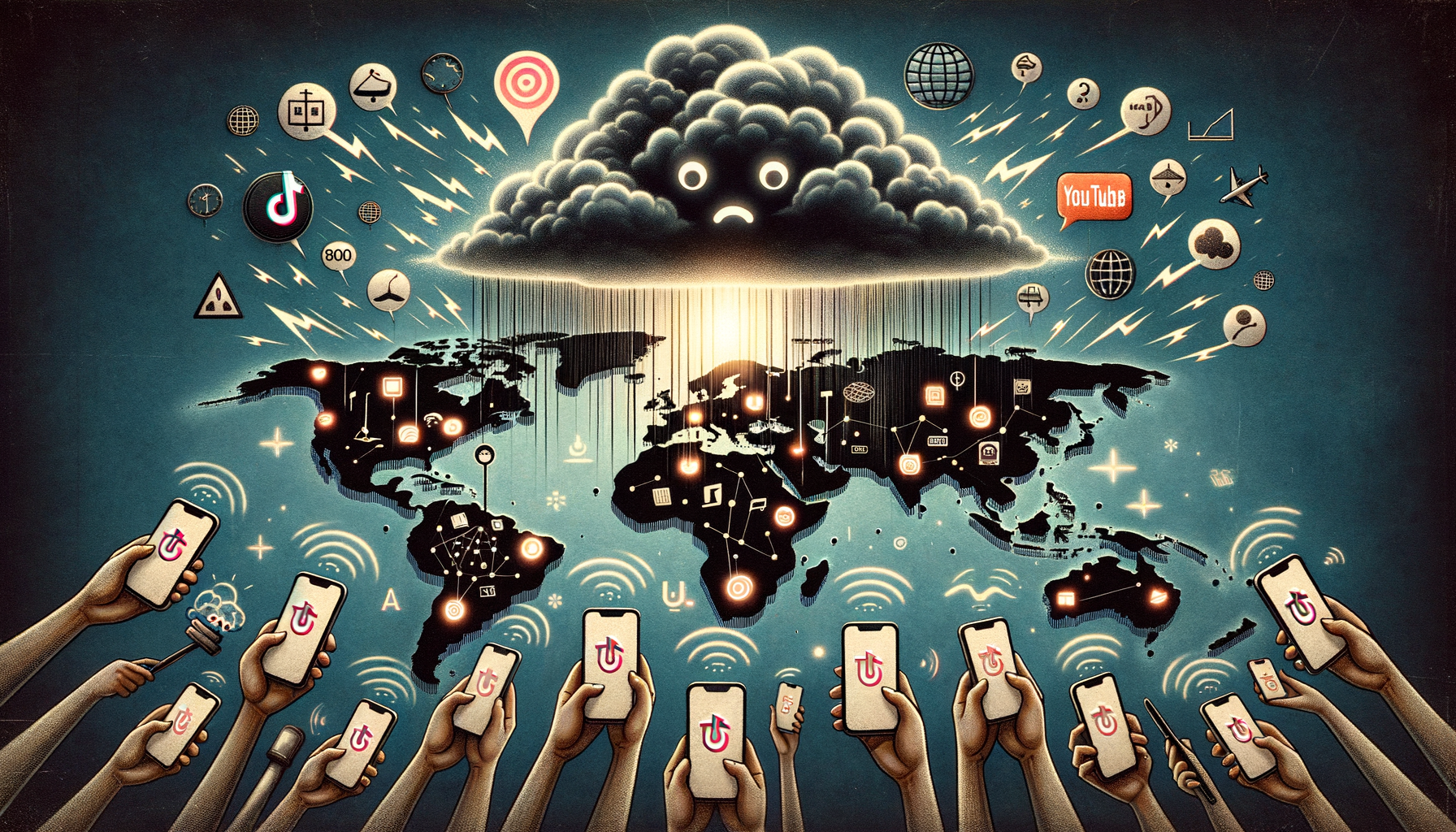“Deciphering the TikTok Ban: An In-depth Analysis of its Impact and Next Steps”

The relevance of TikTok in today’s digital marketing landscape can no longer be downplayed. However, the immense popularity of this short-video platform has brought global attention to it, leading to concerns about data security and privacy, which have eventually morphed into geopolitical tensions.
In August 2020, the President of the United States formally announced plans to ban TikTok, following actions by India to prohibit the platform due to anxieties about national security and user privacy risks. The proposed ban cast a shadow of uncertainty about TikTok’s future and has implicated other countries’ attitudes towards the application. This development has no doubt startled advertisers and users alike and raised questions about the future of access to this prolific social media channel. It’s crucial to have a comprehensive understanding of all these issues to anticipate changes in digital marketing tactics, and adjust the strategy accordingly.
On the heels of recent political happenings and mounting concerns regarding national security, the U.S announced its intentions to outlaw the culturally-significant application. India had made a similar move earlier due to identical issues of concern revolving around privacy breaches and data security. Around the same time, a few other countries like Japan and Australia also deliberated on potentially barring TikTok.
A decree called the ‘Executive Order on Addressing the Threat Posed by TikTok’ was brought forth by the then U.S President, Donald Trump, which laid out the reasons for the ban and a 45-day deadline for action. The principal reasons given for this decision were data privacy and national security concerns. As per the order, TikTok collects extensive data from its users, which can potentially be accessed by the Chinese Communist Party and used subversively, thereby posing threats to U.S. national security.
As one can imagine, this decision induced wide-ranging shock waves and widespread confusion. Users of the platform, influencers, and businesses utilizing TikTok for marketing began worrying about losing access to an app that has become a significant part of their lives or marketing strategies.
It should be noted that TikTok wasn’t bowing down without a fight. The company objected to the proposed ban on various fronts, and ByteDance, TikTok’s parent company, even filed a lawsuit to challenge it. The lawsuit accused the U.S. government of depriving them of due process, claiming transparency about the processes that protect user data, stressing that the proposed ban is politically motivated.
Legal investigations and debates unfolded, leading to several events, including a proposition for TikTok to be purchased by an American company to ensure data security. Major tech giants such as Microsoft, Walmart, and Oracle were named as likely candidates for the acquisition. However, the ‘TikTok ban saga’ faced numerous twists and turns, with the President issuing another executive order demanding that ByteDance divest its interest in TikTok’s U.S. operations. Although the narrative looked quite bleak for TikTok, the platform toyed with various solutions, including restructuring its corporate framework to function as a U.S. company, which unfortunately failed to appease the concerned authorities.
Around the same time, a U.S. judge granted a preliminary injunction requested by TikTok, which momentarily prevented the app from being removed from app stores, rendering a temporary reprieve. This action majorly contributed to the scenario where we have a planned ban, countered by legal actions, and several significant American companies knocking on the door to acquire TikTok.
In an unexpected turn of events, the U.S. General Services Administration, which was tasked with aiding the transition between presidential administrations, indicated that the TikTok ban might not be a priority for the upcoming administration. With a new president in office, the relevant policies may undergo shifts, implying that the TikTok ban could be under reconsideration or even halted entirely.
So, it begs to ask the question, how has all this drama affected TikTok’s marketing potency? The app’s incredible exponential global growth tells a completely different story, as many users and businesses continue to flock to the platform in droves. Despite the controversy and the potential ban looming over its head, TikTok seems to have thrived in adversity, at least for the time being. With over 800 million active users worldwide, TikTok has indeed secured a spot among the top social media platforms and shows no sign of losing steam.
The essence of TikTok lies in its incredible reach to Gen-Z and millennials. Its highly personalized algorithm, coupled with a user-friendly interface and viral content, makes it a novel platform for marketers to tap into a new audience. It’s ingenious ability to create virality and stimulate user-generated content also makes it a coveted marketing tool.
Considering the fluctuating circumstances surrounding the possible ban, digital marketers have to consistently rethink strategies to adapt to possible changes. If TikTok remains operational, the number of users expected to join the platform over the upcoming years poses an excellent opportunity to create unique, engaging content for a new, expansive audience.
On the other hand, if the ban does materialize, marketers need alternatives for TikTok. Fortunately, other social media platforms, sensing the potential vacuum, have begun rolling out solutions. Instagram rolled out ‘Reels’, Facebook introduced ‘Short Videos, and YouTube brought in ‘Shorts’. These alternatives aim to emulate TikTok’s format, offering a short-format video experience to cater to the audience migrating from TikTok, should the ban take effect.
In conclusion, the dynamic saga of TikTok’s possible ban in the U.S. serves as a reminder of the volatile nature of the tech world. At this juncture, it seems TikTok continues to exhibit resilience, thriving amidst controversy and uncertainty. Despite the insecurities, TikTok still offers an extensive reach and promising marketing opportunities that marketers should confidently tap into, regardless of the outcome. While uncertainty persists, having a tactical preparedness for a possible transition to alternative platforms should remain a key component of a well-rounded digital marketing strategy. It’s fair to say that in the world of digital marketing, adaptability remains the most vital skill.

Recent Comments